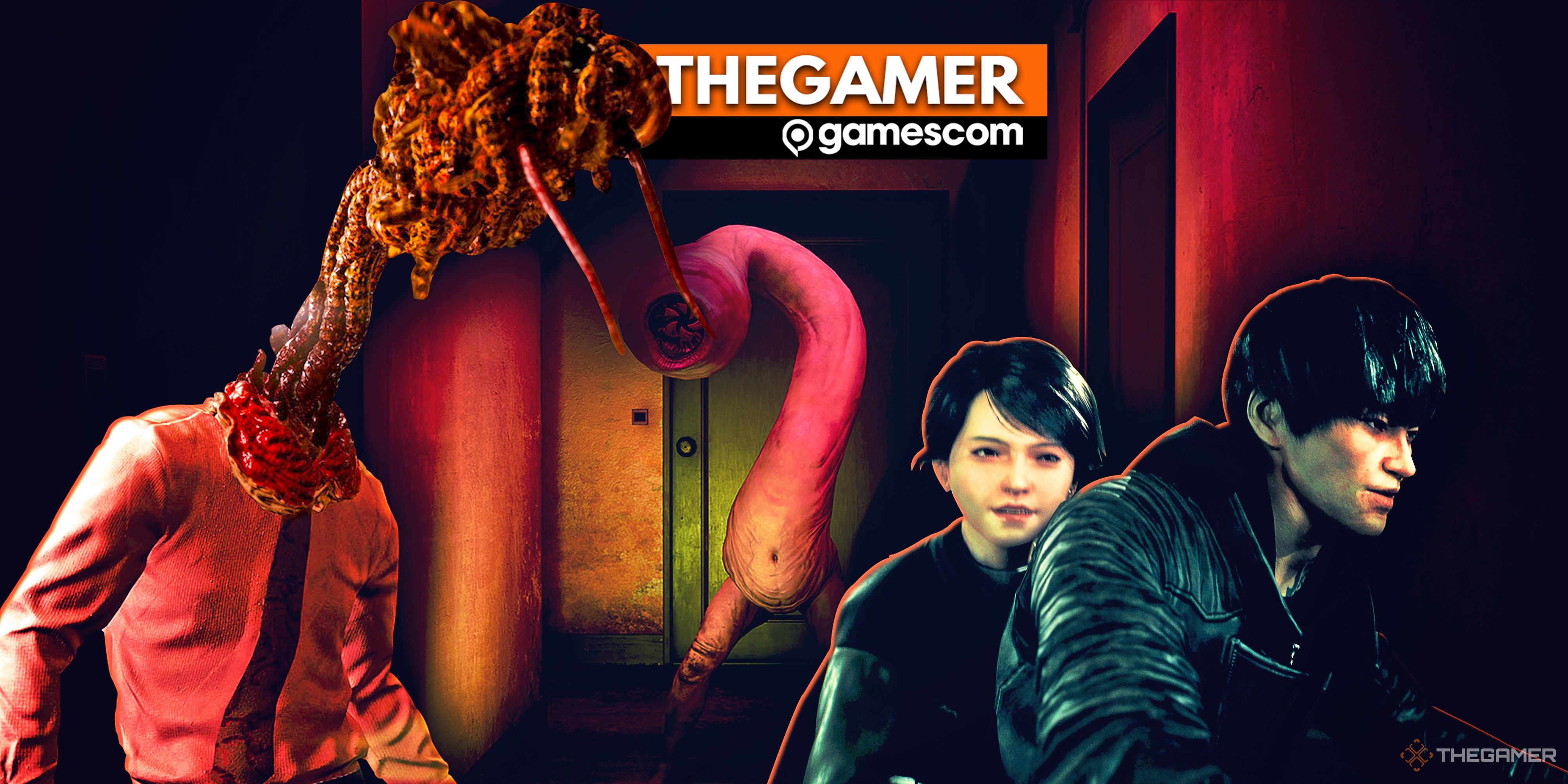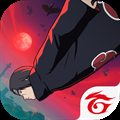Slitterhead Is Bringing Risk And Creativity Back To Triple-A Games

Summary
- Slitterhead feels like a breath of fresh air thanks to its unique design and vibes.
- You have to possess human NPCs to move around the city and fight evil creatures.
- Its combat can feel clunky and heavy, but different special characters and abilities promise to keep it engaging.
If you’ ve been playing triple-A games for over a decade, you might feel that we have hit a creativity wall. There’s not enough experimentation like in the PS2’s days where it felt like hundreds of studios were trying their own thing, and arguably most of the genres we play today were introduced during the PS3 and Xbox 360 generation. Several things have changed in the video game industry, with games being much more expensive, taking more time to develop, studios of all shapes and sizes being unable to take risks, and the presence of live-service titles that ask for your exclusive attention.
While we have outstanding big games every year such as Elden Ring, Tears of the Kingdom, Alan Wake 2, or Baldur’s Gate 3 just to name a few, it also feels like we have been playing some games over and over again. The indie side of things has more titles that blow your mind – but that’s also not a guarantee when you start seeing roguelikes and deck builders everywhere.
RelatedSilent Hill Creator Says He Wouldn't Be "Unsatisfied" If Slitterhead Is His Final Game
Here's hoping it's not.
PostsThat’s why I was surprised when Capcom started showing Kunitsu-Gami: Path of the Goddess at events. It was being developed by a small team, and it looked like nothing the studio had released in the last few years. Then I played it and I was even more surprised to find that it freaking rocks, being one of the most unique things I have played this year. Starting as a tower defense, it quickly turns on its head and keeps adding new twists on its formula until the very end.
I’m glad to say that Slitterhead, the first game developed by Bokeh Game Studio and the latest creation from Keiichiro Toyama, the creator of Silent Hill, Siren, and Gravity Rush, is giving me the same impression. I played half of the one-hour long demo at Gamescom and was wondering what I was watching the whole time. This is not a bad thought – it’s a miracle.
Slitterhead throws you into a fictional Asian city as a spirit. You don’t know what happened or who you are. As you float around the streets as a blue orb, you possess the NPCs wandering around and interact with golden orbs that work as fragments of your memories. You start learning more about you and the city, but just little pieces – it’s impossible to come to any conclusions in this first stage.
While you can sprint with your human possessed character, you quickly realize that it’s more practical (and fun) to just jump from one body to the next, creating a unique traversal system that lets you glide through these streets. Streets that ask you to stop and take a minute to appreciate them – there’s a nostalgic buzz when you see the stores, the neon lights, and the citizens just following their daily routines.
I wasn’t sure what year the game was set in, but I got the feeling it tried to portray a town from a near past right before the introduction of cellphones – I can’t really put it into words, but just how the people walked down the streets, interacting with each other, how the buildings creaked, and the lack of eyes staring down at screens made me feel this way.
After a few minutes, you get into your first combat. That’s where the game’s apparent core kicks in – Slitterhead head is a horror game focused on melee combat. When you possess NPCs, you’ll create weapons like baseball bats with their blood, ready to strike down horrific creatures that seem based on Chinese mythology. You can perform fast or heavy attacks, dodge, block, and deflect your enemy hits, but most importantly, you can swap your body at any time you want as long as someone is around.
In fact, if your current human’s HP bar reaches zero, you don’t get a game over – you just get back to your spirit form and look for another NPC. I couldn’t test what happens if all the NPCs around are dead due to the time restrictions, but I wouldn’t be surprised (nor annoyed) if a new random NPC appeared out of nowhere, avoiding you to restart the checkpoint.
However, the combat did feel clunky. It’s far from being your standard frenetic hack and slash, but I guess it is not looking for that – it’s heavier and slower, with each hit requiring careful thought. It isn’t a Soulslike either, although it could be more related to that if you needed a contemporary reference. It feels more like a specific type of action game from the PS2 era, and I’m here for it. While it might not feel too special at first, as you advance and learn new moves and face enemies that can attack in multiple ways, new strategies like striking with one NPC and quickly swapping to another one behind the enemy becomes extremely satisfying to play out.
Exploring the town is not restricted to the ground either, as sometimes you’ll have to reach balconies or rooftops. While we have already seen videos showing unique characters traveling through them using special abilities, you can also reach high altitudes with your spirit by finding people above you or just floating around. I gasped when I had to descend a rooftop and the only way to go down was by jumping from it while possessing someone, leaving me unable to save that person from a terrible death.
This shows Slitterhead’s mood, at least for its starting hour: it’s crude and grotesque, with you being able to sacrifice every single life around you just to get to your objective. I can’t say if this is how every level will feel, but knowing Toyama’s previous works, it’s inevitable that we’ll see this play out in a more significant way later in the game, hinting at a deeper look of how the director feels about how our current society works.
My final moments with the demo made me face my first boss, a big praying mantis bug demon. It could attack from multiple sides so I had to be more precise and careful with my deflections. However, the spirit found a young character that had something unique inside them, called ‘rarity’ in-game, and it gave them some wolverine claws and some powerful skills. The combat still felt rough, but also rewarding when I started connecting multiple hits with the NPCs around and using my new claws effectively.
There’s still a lot to learn about Slitterhead, its universe and gameplay loop. Its combat could run out of tricks fast and became a mediocre action game with nothing special about it. However, my excitement for this game has only increased. I have that feeling again, the strong belief that we will get a unique experience. I just wished that this was the norm, with more creators making the games they want to make without having to care about anything else in the world, and not the exception.
NextSilent Hill 2 Preview - In My Restless Dreams, I See That Remastered Town
Bloober Team has come out swinging with a remake that defies all of my expectations.
Posts












